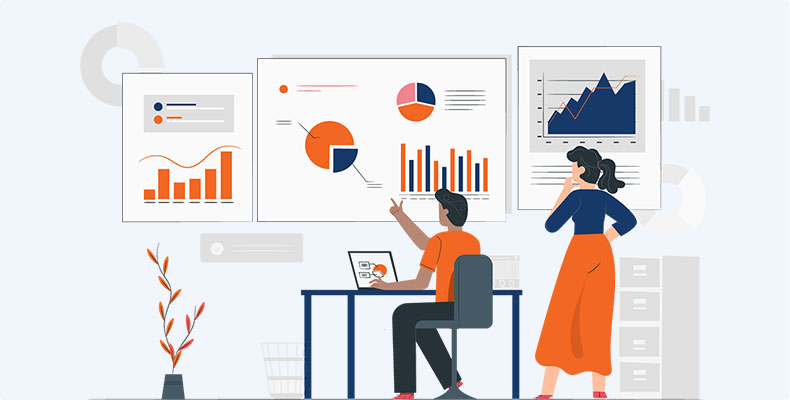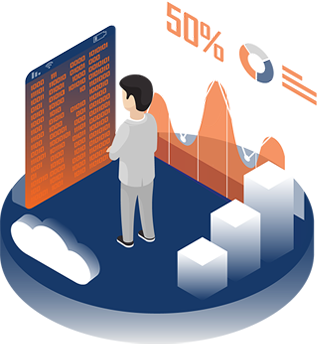
Data Visualization
Data visualization is the graphical representation of data and information using visual elements such as charts, graphs, maps, and infographics. Its primary goal is to present complex data in a visually appealing and easily understandable format, enabling viewers to quickly grasp patterns, trends, and insights. Data visualization plays a crucial role in data analysis, storytelling, and communication of information.
By leveraging the power of data visualization, individuals and organizations can effectively communicate insights, identify patterns, and make data-driven decisions. It enhances the understanding and impact of data analysis, enabling stakeholders to gain actionable insights from complex datasets.
When creating data visualizations, it is important to consider the audience and the purpose of the visualization. The choice of appropriate visual representations, color schemes, and interactive features should align with the intended message and the characteristics of the data being presented.

Benefit of Services
Data visualization plays a crucial role in big data analytics, offering several benefits that aid in understanding and deriving insights from large and complex datasets. Here are some key benefits of data visualization in the context of big data:
- Enhanced comprehension
- Identification of insights and patterns
- Effective communication
- Exploration and interactivity
- Decision-making support
- Detection of outliers and anomalies
- Storytelling and narrative
What Is Included
Data visualization plays a crucial role in big data analytics, offering several benefits that aid in understanding and deriving insights from large and complex datasets.
Big data AI product design empowers organizations to leverage the power of data and AI technologies to drive innovation, improve efficiency, deliver personalized experiences, and gain a competitive advantage in today’s data-driven landscape.
Data analytics refers to the process of examining and interpreting data to uncover meaningful patterns, insights, and trends. It involves the use of various techniques, tools, and methodologies to analyze data and extract valuable information that can drive decision-making and inform business strategies.
Predictive analytics is a branch of data analytics that utilizes historical data, statistical algorithms, and machine learning techniques to make predictions about future events or outcomes. It involves analyzing patterns, trends, and relationships within data to generate insights that can inform decision-making and enable proactive actions.
By implementing robust data security measures, organizations can protect the confidentiality, integrity, and availability of data in big data AI environments and mitigate the risks associated with unauthorized access or data breaches. It is crucial to prioritize data security throughout the entire lifecycle of big data AI, from data acquisition and storage to analysis and decision-making.
